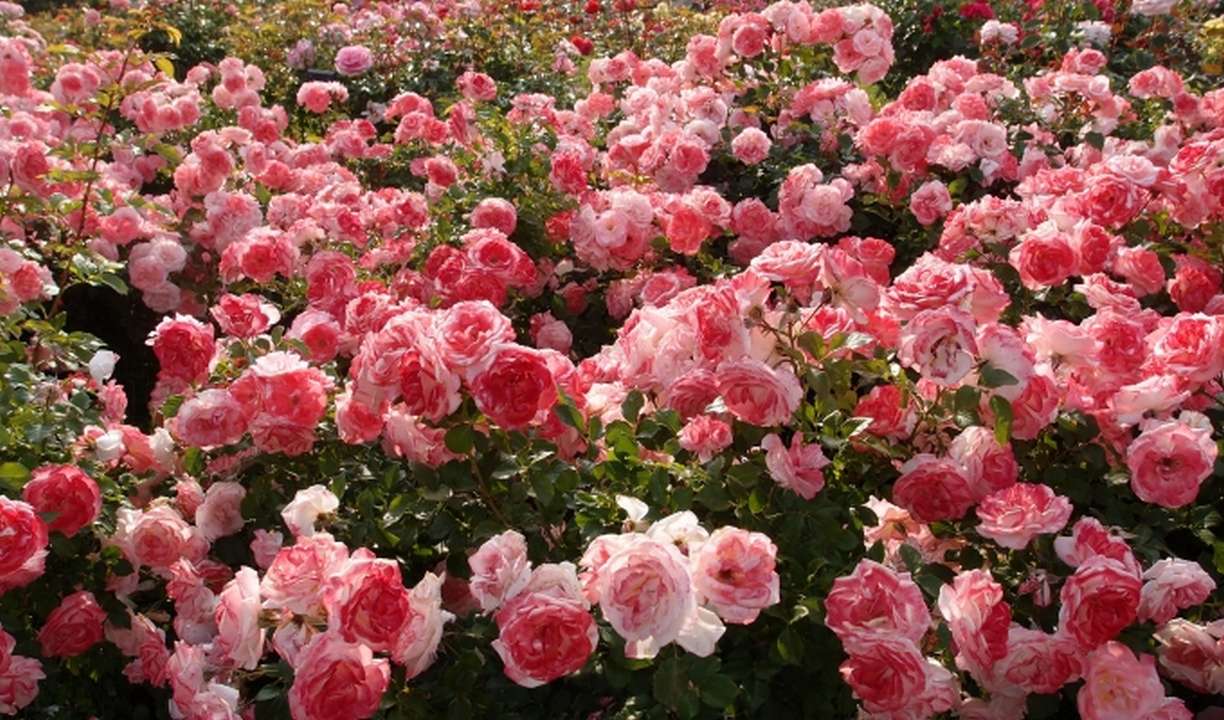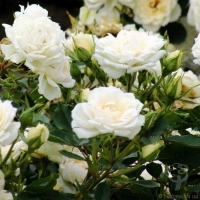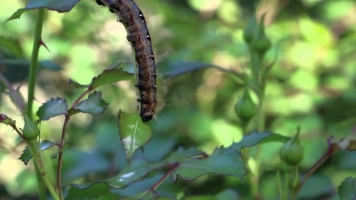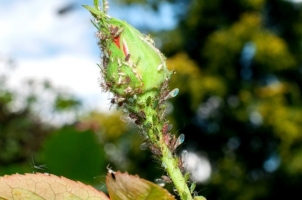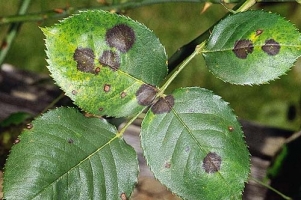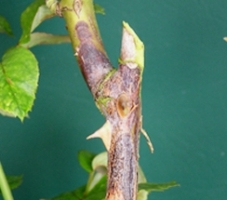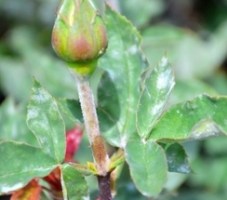General Information
Rose is one of the leading flowers in global floriculture. It is used in almost every event. Rose flowers are vary in size, shape and also available in various color (from white to red or multicolor). Rose is native to Asia but some rose species are native to Europe, America and Africa. Rose petals have several medicinal benefits; it is used for stress and depression relief also used to treat acne. Karnataka, Tamil Nadu, Maharashtra, Bihar, West Bengal, Uttar Pradesh, Gujarat, Haryana, Punjab, Jammu and Kashmir, Madhya Pradesh and Andhra Pradesh are major rose-growing states.
Now a day’s greenhouse farming is becoming more popular and rose farming in greenhouse is popular as it produces the high quality of flower as compared to open field cultivation.

